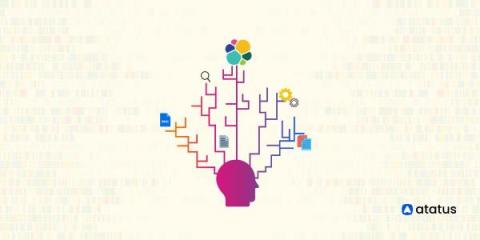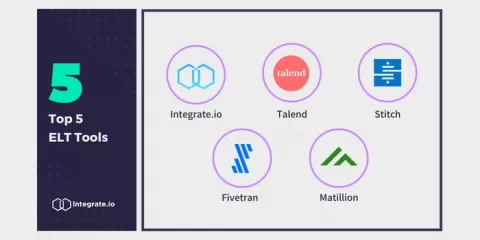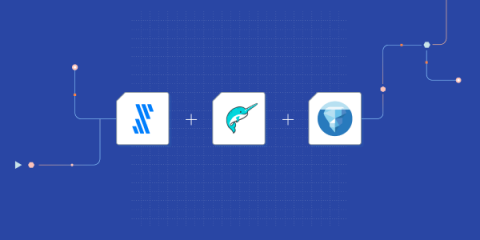Systems | Development | Analytics | API | Testing
Latest News
Getting Started with Elasticsearch Mapping
Elasticsearch Mapping is a process of defining the schema or structure of the data that is going to be indexed and searched. Mapping determines how Elasticsearch will interpret and handle the data being indexed, including the field names, data types, and how they are analyzed and indexed for search. Mapping in Elasticsearch is essential for ensuring that the data is indexed and searched accurately and efficiently.
Top 20 Website Performance Metrics Experienced Marketers Need to Track
Top 5 ELT Tools
Why low latency is essential for delivering realtime updates at scale
Each business (regardless of industry) and every software developer has latency on their radar. Yet, it's typically not at the top of the priority list, and generally, that's just fine. But when it comes to the world of realtime updates, this casual attitude can trip you up. When you're piecing together a system for realtime updates, low latency jumps from being an afterthought to a critical, front and center requirement.
Zero Trust Security: The What, Why and How
If you’ve been researching API security, you’ve likely seen the term “Zero Trust.” And you may already know that organizations can use Zero Trust to help protect their APIs from attacks. What you may not know is that Zero Trust is one of the best models for API security. According to Microsoft, “96 percent of security decision-makers state that Zero Trust is critical to their organization’s success.” But what is Zero Trust exactly?
Understand the Differences: API Authentication vs API Authorization
If you landed on this blog post, chances are that you care about keeping your API secure. It’s an important topic to discuss: API exploits are on the rise, and you don’t want unauthorized users accessing your data. A big part of that security is implementing API authentication and API authorization. These API access control measures are a foundational aspect of API security.
Streamline Cross-Browser Testing with Dev Tools for iOS & Android Apps in Sauce Real Device Cloud
Seven data integration and quality scenarios for Qlik and Talend solutions
By now, you should have read the headlines that Qlik's acquisition of Talend is complete, and we're excited to expand our best-in-class capabilities to help you access, transform, trust, analyze, and take action with your data. You might have seen Mike Capone's QlikWorld keynote or the recent "What's Next is Now" webinar and wondered how to leverage these new capabilities in your organization.
Build your open data lakehouse on Apache Iceberg tables with Dremio and Fivetran
Combine the flexibility of data lakes, governance of data warehouses and automated data movement.











